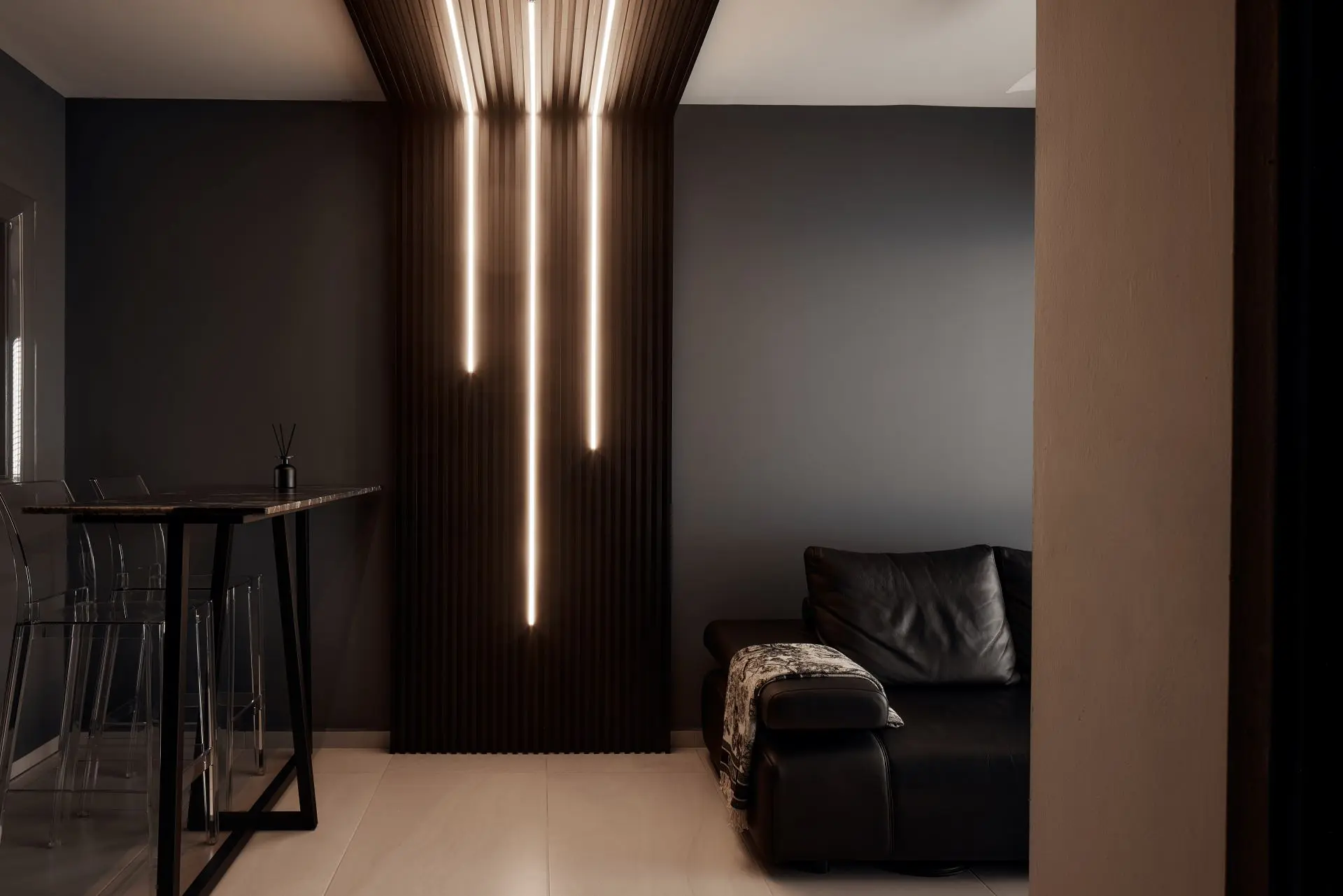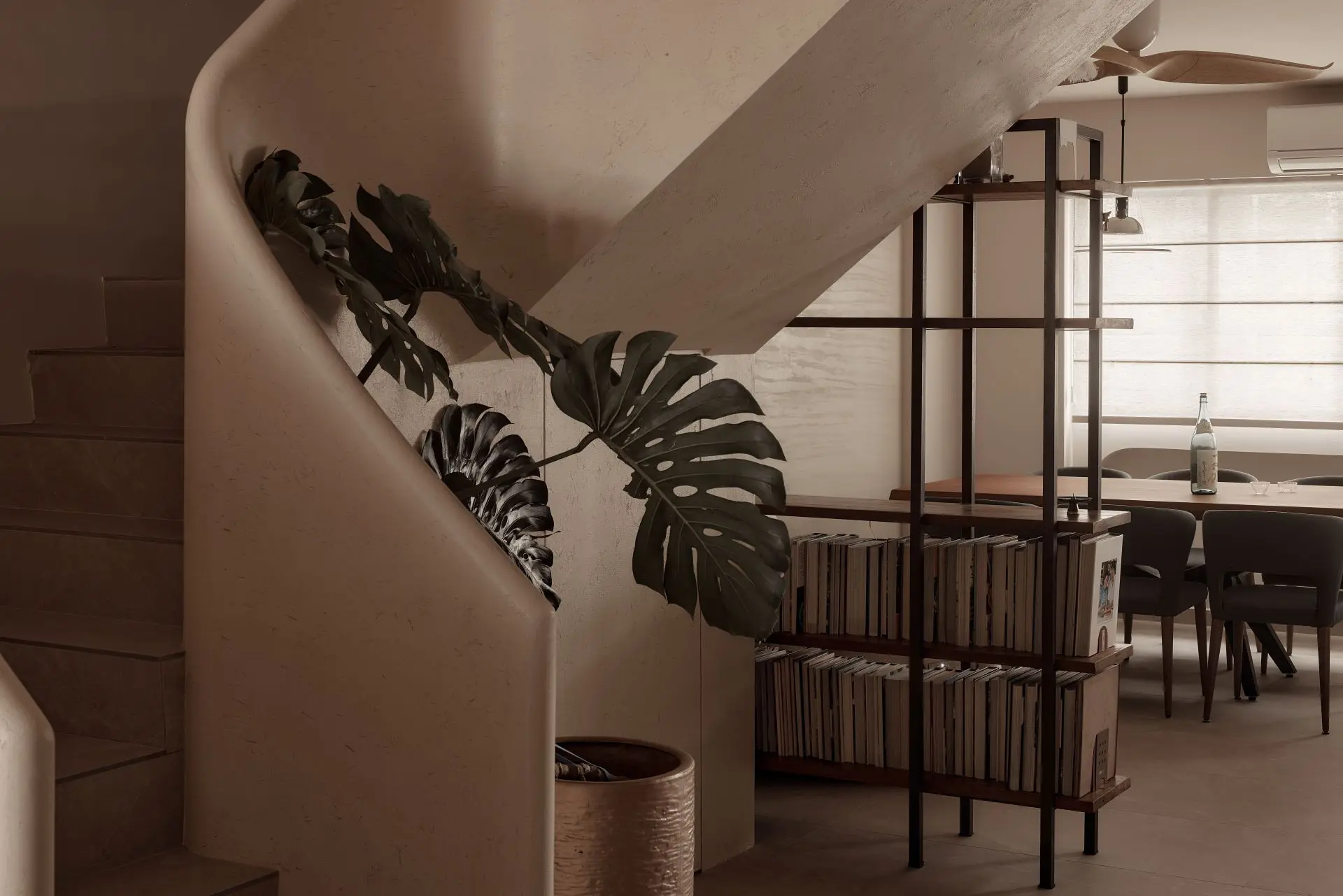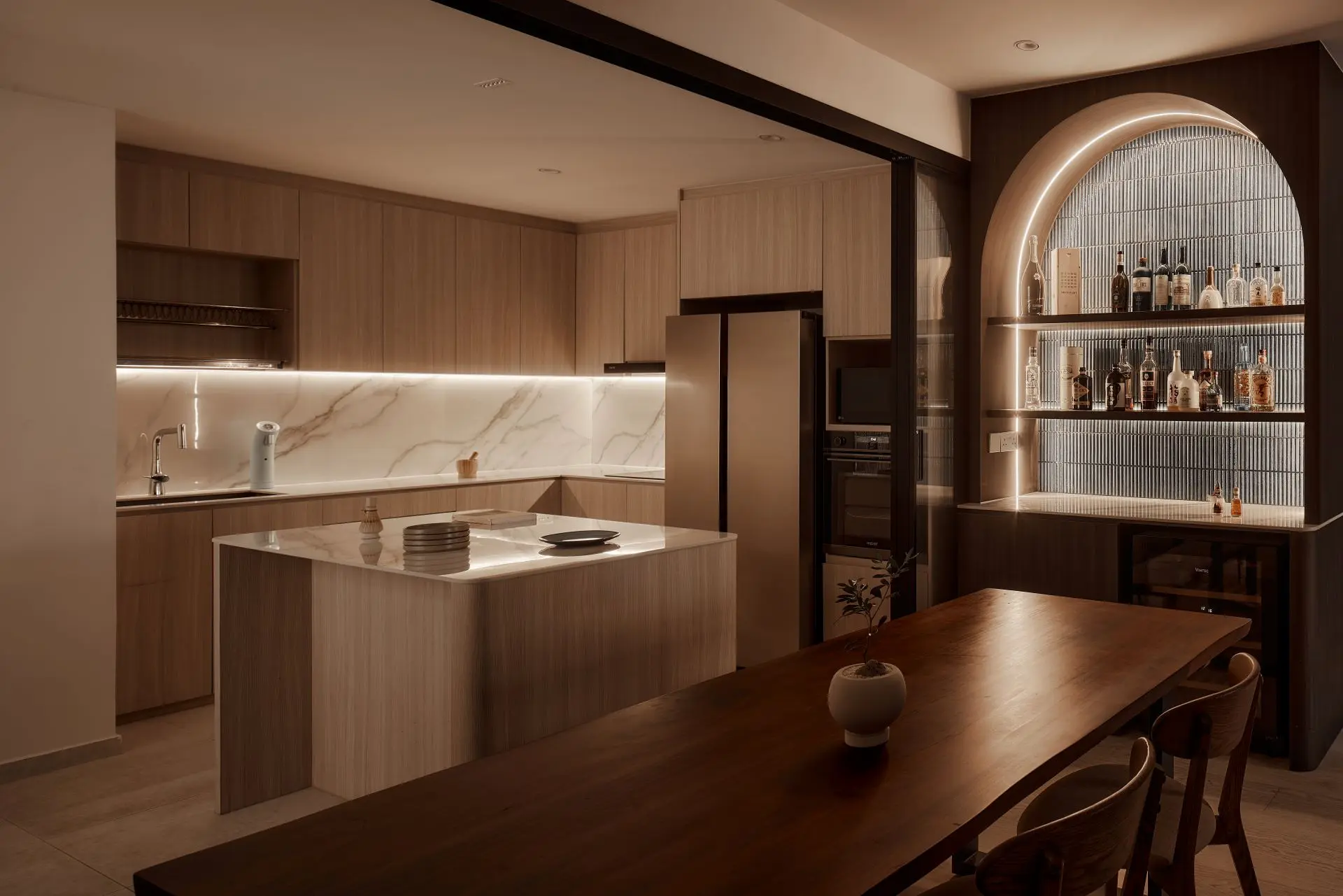Selecting the right interior design company is a pivotal step in transforming your space into a reflection of your personality and lifestyle. The first step in this journey is to conduct thorough research. Start by identifying your specific needs and preferences.
Are you looking to redesign a single room, or do you want a complete overhaul of your home? Understanding the scope of your project will help you narrow down potential designers who specialize in the type of work you require. For instance, if you are interested in a contemporary aesthetic, seek out firms that showcase portfolios with modern designs.
Websites, social media platforms, and design blogs can provide valuable insights into various companies’ styles and past projects. Once you have a shortlist of potential designers, it’s essential to evaluate their credentials and experience. Look for companies that have a solid reputation, positive client testimonials, and a portfolio that resonates with your vision.
It’s also beneficial to check if they are members of professional organizations, such as the American Society of Interior Designers (ASID) or the International Interior Design Association (IIDA). These affiliations often indicate a commitment to industry standards and ongoing education. Additionally, consider scheduling initial consultations with a few firms to discuss your project.
This interaction will not only give you a sense of their communication style but also allow you to gauge their enthusiasm and understanding of your vision.
Key Takeaways
- Finding the right interior design company is crucial for a successful project, so take the time to research and choose a company that aligns with your vision and needs.
- Working with professional interior designers is important for achieving a high-quality and cohesive design that reflects your personal style and meets your functional needs.
- Incorporating your personal style into the design process is essential for creating a space that feels like home or reflects your brand identity in a commercial setting.
- Maximizing space and functionality in your home or office is key to creating a comfortable and efficient environment, so work with designers who prioritize these aspects.
- Choosing the right color palette and materials for your space can greatly impact the overall look and feel, so consider factors like lighting, durability, and maintenance when making these decisions.
The Importance of Working with Professional Interior Designers
Expertise in Design Principles
They are trained to understand spatial relationships, color theory, and the latest design trends, which allows them to create cohesive and functional spaces.
Identifying Potential Issues and Saving Resources
For example, a professional designer can identify potential issues with layout or flow that may not be immediately apparent to an untrained eye. Their expertise can save you time and money by ensuring that every decision made is well-informed and purposeful. Moreover, professional designers have access to resources and materials that may not be available to the general public.
Project Management and Coordination
They often have established relationships with suppliers, which can lead to better pricing on furnishings and materials. This access can also result in unique finds that elevate your space beyond what is typically available in retail stores. Additionally, designers are adept at managing projects from conception to completion, coordinating with contractors, and ensuring that timelines are met. This level of organization is crucial in avoiding delays and ensuring that the final result aligns with your expectations.
How to Incorporate Your Personal Style into the Design Process
Incorporating your personal style into the design process is essential for creating a space that feels uniquely yours. Start by gathering inspiration from various sources such as magazines, Pinterest boards, or even travel experiences. Create a mood board that reflects your aesthetic preferences—this could include color swatches, fabric samples, and images of furniture or decor that resonate with you.
Sharing this visual representation with your designer will provide them with a clear understanding of your style and help guide their design decisions. Communication is key when working with an interior designer. Be open about your likes and dislikes, as well as any specific elements you want to include in your space.
For instance, if you have a passion for vintage decor or a love for minimalist design, express these preferences clearly. A skilled designer will take your input seriously and work to blend it seamlessly with their professional insights. They may suggest innovative ways to incorporate personal items or heirlooms into the design, ensuring that your space tells your story while still adhering to functional design principles.
Maximizing Space and Functionality in Your Home or Office
| Area | Optimization Strategy |
|---|---|
| Kitchen | Install wall-mounted shelves and use stackable containers to maximize storage space |
| Living Room | Choose multi-functional furniture such as a sofa bed or a coffee table with storage |
| Home Office | Utilize vertical space with wall-mounted desks and shelves to create a functional workspace |
| Bedroom | Use under-bed storage containers and a wardrobe with built-in organizers to maximize space |
| Bathroom | Install floating shelves and use over-the-door organizers to optimize storage in a small bathroom |
Maximizing space and functionality is a critical aspect of interior design, particularly in urban environments where square footage may be limited. A professional designer will assess your space’s layout and identify opportunities for optimization. For example, they might suggest multifunctional furniture pieces such as ottomans with storage capabilities or extendable dining tables that can accommodate larger gatherings without sacrificing everyday usability.
These solutions not only enhance functionality but also contribute to a more organized and aesthetically pleasing environment. In addition to furniture selection, effective use of vertical space can dramatically improve both storage and visual appeal. Designers often recommend incorporating shelving units or wall-mounted cabinets that draw the eye upward, creating an illusion of height while providing practical storage solutions.
Furthermore, open floor plans can be strategically divided using area rugs or furniture arrangements to define different zones within a space without compromising its overall flow. By focusing on these elements, an interior designer can transform even the most compact areas into efficient and inviting environments.
Choosing the Right Color Palette and Materials for Your Space
The selection of color palettes and materials plays a crucial role in setting the tone for any interior space. Colors evoke emotions and can significantly influence how a room feels; therefore, it’s essential to choose hues that align with the atmosphere you wish to create. For instance, soft blues and greens can instill a sense of calmness in bedrooms or bathrooms, while vibrant reds or yellows may energize living areas or kitchens.
A professional designer will guide you through this process by suggesting color combinations that complement each other while also considering factors such as natural light and room size. Material selection is equally important in achieving the desired aesthetic and functionality of your space. Different materials convey various styles; for example, natural wood can add warmth and texture, while metals like brass or chrome can introduce a modern edge.
When selecting materials, consider durability and maintenance as well—high-traffic areas may benefit from more resilient options like ceramic tiles or synthetic fabrics that withstand wear over time. A designer’s expertise in material properties can help ensure that your choices not only look beautiful but also stand the test of time.
Incorporating Sustainable and Eco-Friendly Design Elements
Sustainability has become an increasingly important consideration in interior design as more individuals seek to minimize their environmental impact. Incorporating eco-friendly design elements can range from selecting sustainable materials to implementing energy-efficient solutions within your space. For instance, using reclaimed wood for flooring or furniture not only reduces waste but also adds character to your home.
Similarly, opting for low-VOC (volatile organic compounds) paints can improve indoor air quality while still providing vibrant color options. In addition to material choices, energy-efficient appliances and fixtures play a significant role in sustainable design. Designers often recommend LED lighting solutions that consume less energy while providing ample illumination.
Furthermore, integrating smart home technology can enhance energy efficiency by allowing homeowners to control lighting, heating, and cooling systems remotely. By prioritizing sustainability in your design choices, you contribute positively to the environment while creating a healthier living space for yourself and future generations.
The Role of Technology in Modern Interior Design
Technology has revolutionized the field of interior design, offering innovative tools that enhance both the design process and the final outcome. One significant advancement is the use of 3D modeling software, which allows designers to create realistic visualizations of spaces before any physical work begins. This technology enables clients to see how different elements will come together, making it easier to make informed decisions about layouts, colors, and materials.
Moreover, virtual reality (VR) has emerged as a powerful tool in interior design presentations. Clients can don VR headsets to immerse themselves in their future spaces, experiencing scale and proportion in ways traditional renderings cannot achieve. This interactive approach fosters better communication between designers and clients, ensuring that expectations align before any work commences.
Additionally, technology facilitates project management through software that tracks timelines, budgets, and communication among all parties involved—streamlining processes that were once cumbersome.
Budgeting and Planning for Your Interior Design Project
Effective budgeting is fundamental to any successful interior design project. Before embarking on this journey, it’s crucial to establish a clear budget that encompasses all aspects of the design process—from initial consultations to final installations. A professional designer can assist you in creating a realistic budget by providing insights into typical costs associated with various elements such as materials, labor, and furnishings.
This transparency helps prevent unexpected expenses down the line. Planning is equally important; it involves setting timelines for each phase of the project while considering potential delays due to sourcing materials or contractor availability. A well-structured plan allows for flexibility while keeping the project on track.
Regular check-ins with your designer throughout the process ensure that any adjustments needed are addressed promptly without derailing progress. By prioritizing budgeting and planning from the outset, you set the stage for a successful interior design experience that meets both your aesthetic desires and financial constraints.
Looking for a top-tier interior design firm? IS Design Studio delivers exceptional modern interiors tailored to your lifestyle. Your privacy is always respected, backed by a clear and comprehensive privacy policy.
✨ Ready to transform your space? Get in touch with the team here.








